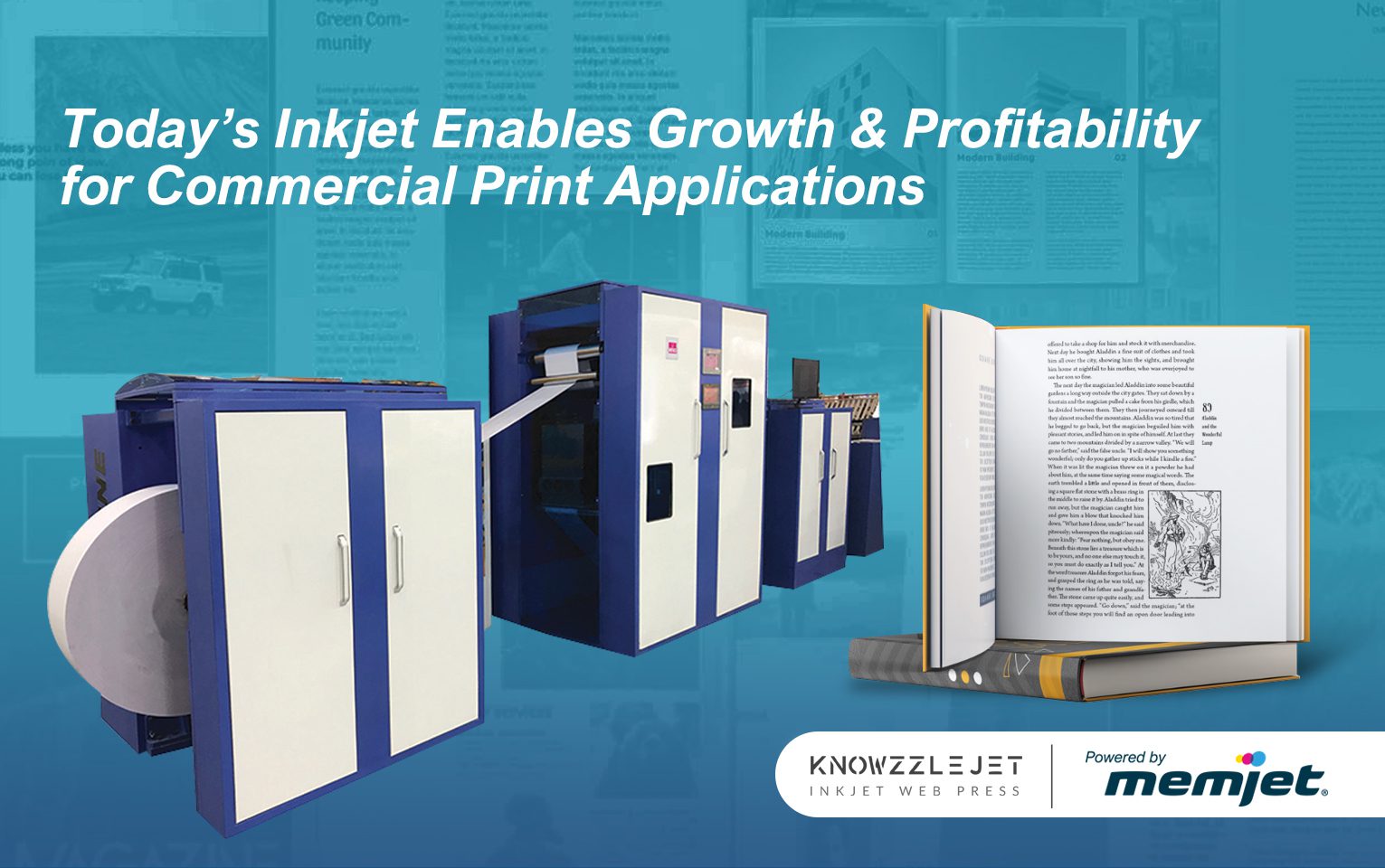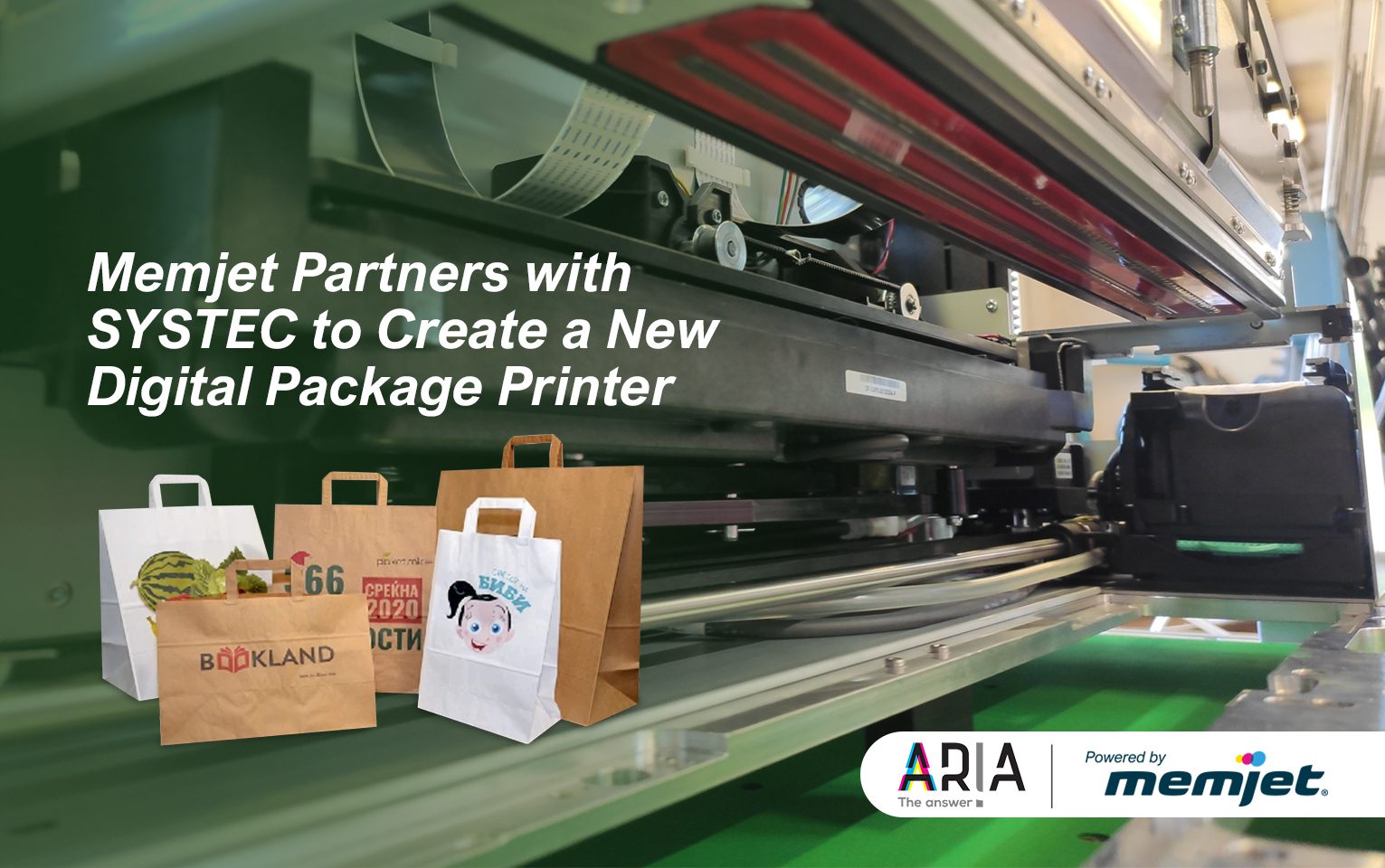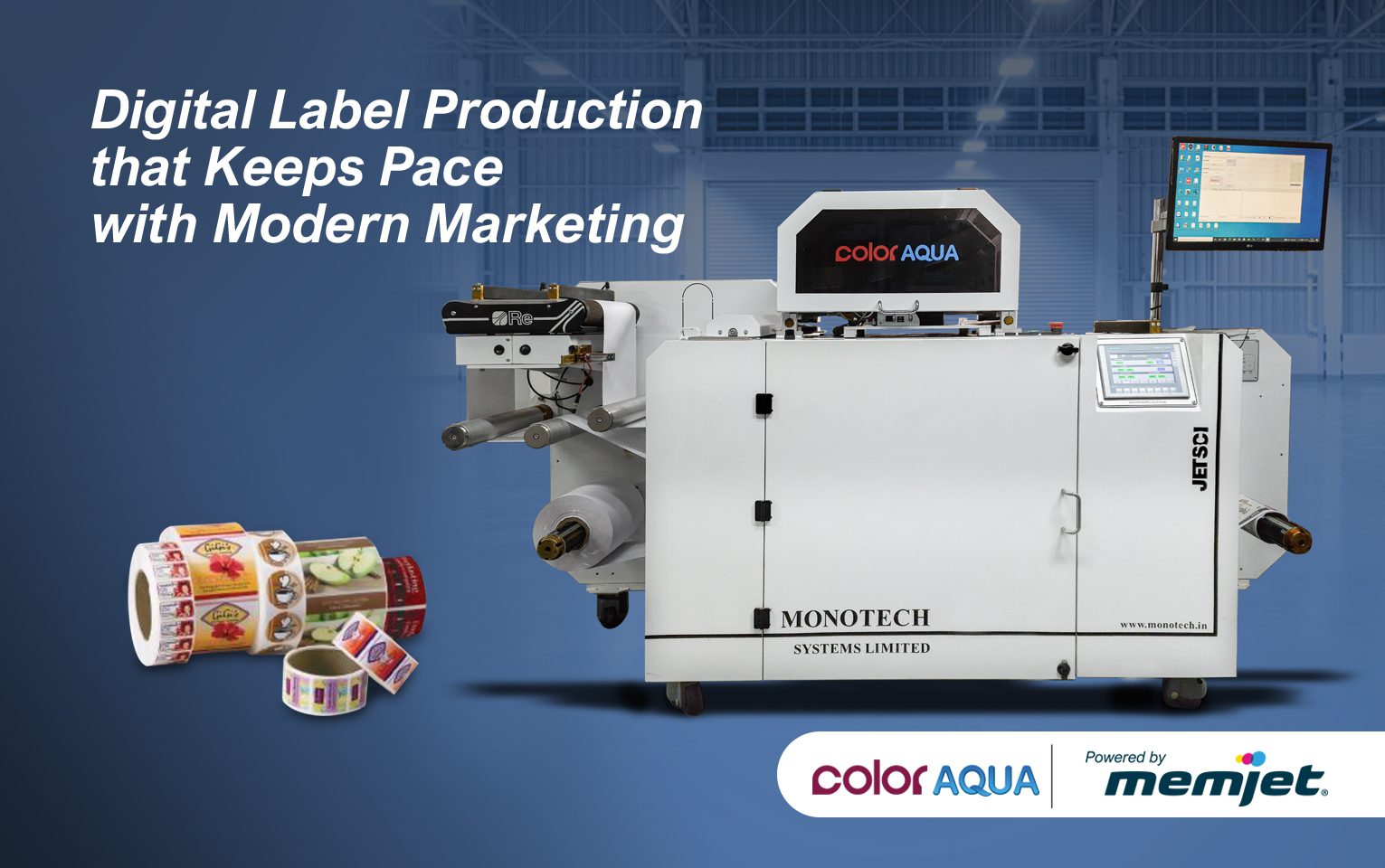It takes a team

If you want to understand the significance each person plays in a group dynamic, try imagining a symphony without strings or a football team without a center lineman.
You certainly don’t need to be a musician or a professional athlete to grasp the value of collaboration. This is especially true in an industry with as many moving parts as printing. In my role as VP of engineering at Memjet, I work with a lot of different teams and disciplines, in different parts of the world, and while each individual has considerable talent and ability, they all have to blend together in order to create something that’s holistic and has meaning for our partners.
A symphony of engineering
When we develop new technologies at Memjet, it requires a team of talented experts, including ink chemists, leaders in fluidics and writing systems, software specialists, image processing technicians, chip designers, and more. My job is a bit like leading a symphony. You have all these unique, intelligent and imaginative individuals that can really make music only when they’re synchronized and working well together.
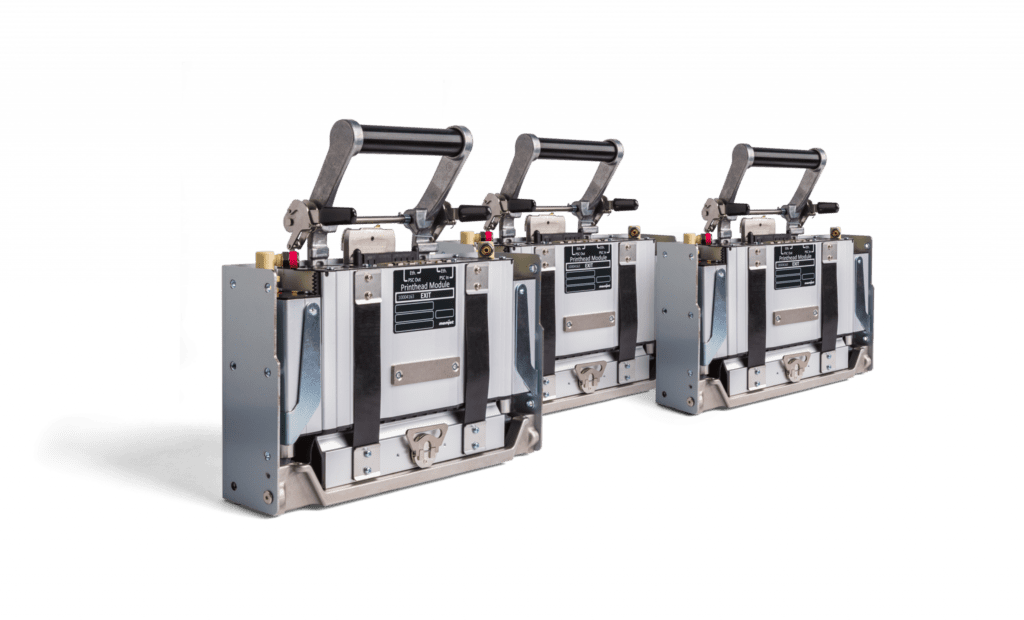
We’re always working to take our technology to a higher level. The only way we can do that is if we really understand and integrate each other’s expertise to make something greater than our individual roles in the team. We also need to be mindful about how our OEM partners and their customers are going to use the technology—how it’s going to solve real-world problems. It’s all about anticipating where we’re going to need to be next. That’s why we place so much emphasis on our partner relationships
Staying in tune with your customer
We work closely with our OEM partners. They’re in the trenches dealing with market challenges and customer demands, so their feedback helps shape our focus. When we’re experimenting, we may have 20 different things we can investigate, and our partners help us attach these things to real problems we can solve for them.
By opening the dialogue back and forth with our partners, we can look at new technology, whether it’s software or new hardware, a chip design or some electronics errors. We can focus on providing something that really makes a difference. This could be a solution that helps them enter a new market or maybe one that creates better value for their customers. It’s really important that we listen. It allows us to make a custom fit for our OEMs. We have to be in tune with how a printing solution fits, what their preferences are, and what works for them. Our goal is to make something that fits what they want and solves a real problem.
If you truly want to master the engineering process, you need to collaborate with your team AND your customers
Complex engineering demands a team approach. If you want your projects to succeed you need to leverage your team’s collective strengths.
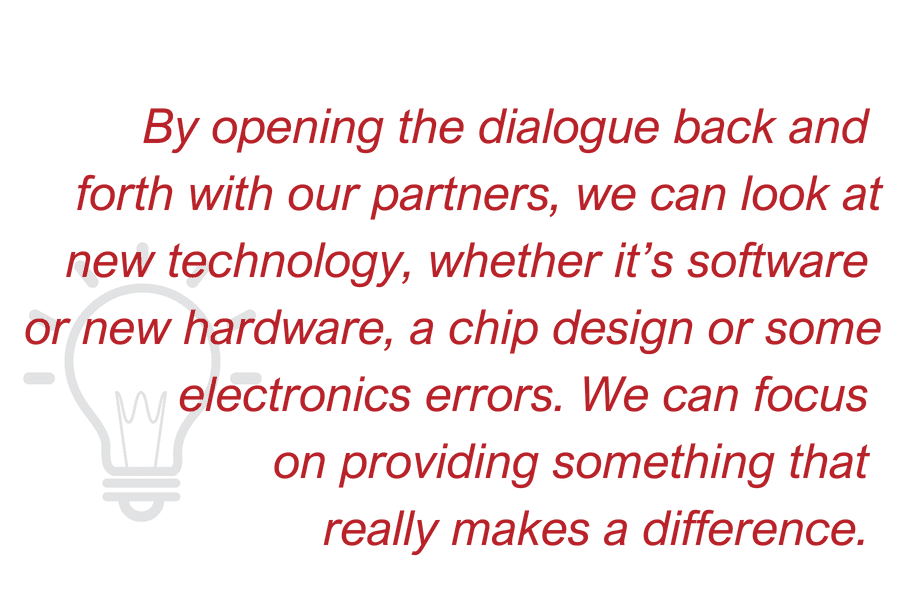
While there’s still a place for the solo performer in the discovery phase, I’ve yet to come across a situation where an original idea wasn’t bettered by the input of others. Nobody is an expert at everything. The ability to see a problem from multiple perspectives is always going to net a more positive result than a one-man band approach.
Nevertheless, you cannot make a difference if you aren’t listening to your customers. It’s only when you learn to extend your internal spirit of collaboration to your external engagements with your customers that you will find true, purposeful success.
Learn more about Memjet R&D and watch the video at www.memjet.com/about/our-services.

